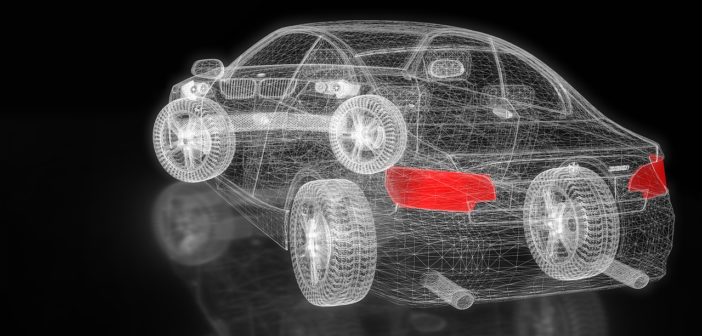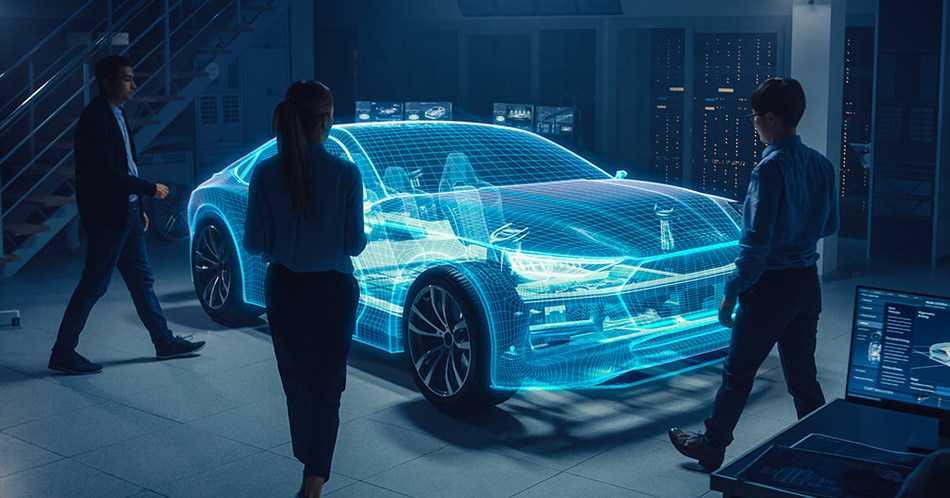Perforce Software, a provider of solutions for enterprise teams requiring productivity, visibility, at scale within the SDLC, released the results of a global survey of automotive technology professionals today. Key findings suggest ongoing concerns with software safety, security, and quality; the growing effects of electric and autonomous/connected vehicles on development, and the continuing focus on standards compliance.
With the growing prevalence of electric and autonomous/connected vehicles, software is even more central to automotive development. Increasing the extent of software in vehicles, however, leads to many safety considerations during the development process. Our survey found that automotive software developers’ top three leading concerns are safety (43%), security (22%), and quality (21%).
“Electric, autonomous, and connected vehicles are the future of the industry,” said Stuart Foster, Product Manager for Klocwork and Helix QAC at Perforce. “With more software components being added to these vehicles, ensuring the safety and security of that software will remain a top concern for automotive teams.”
For those most concerned with safety, 40% said their biggest concern is meeting customer expectations of compliance with safe coding standards, such as MISRA.
“MISRA has been a cornerstone of automotive software development for many years, but ensuring that software is compliant can be a time-consuming endeavor without the right tools, such as a static code analyzer,” said Jill Britton, Director of Compliance at Perforce.
Electric, autonomous, and connected vehicle development is also impacting development teams. Most teams are working on some electric components (48%), connectivity components (49%), and autonomous components (44%) to some degree.
The survey found that 88% use a coding standard to ensure safe, secure, and reliable code — with 86% using MISRA and AUTOSAR. In addition, 39% of those surveyed use a static code analysis tool to aid in compliance and 44% use a SAST tool to ensure secure software.
As more software is being added to vehicles, roughly 70% of teams are leveraging game development technology. The most common uses of game development technology are product testing (34%), digital twins (29%), and prototyping (19%).
“Game development technologies including Unreal and Unity are poised to become an essential driver in the automotive vertical. Development teams within that segment are already utilizing these technologies as part of their prototyping and testing activities to reduce development costs,” said Katie Cole, Gaming and Virtual Production Evangelist, Director of Product Marketing at Perforce.
The results of the survey are available in the 2021 State of Automotive Software Development Survey Results.
Image licensed by: Pixabay.com
Related News: OneD Battery Sciences Unveils SINANODE, The Next Generation of Electric Vehicle Battery Technology


